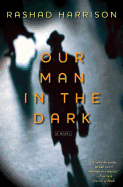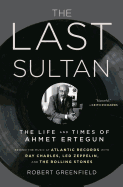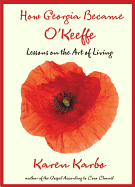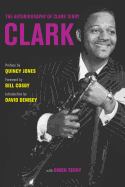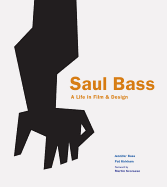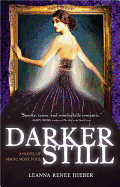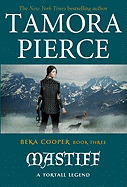Everyone Has a Story
My first job in books was at University Book Store in Seattle. The store had--and still has--a large biography section, and I remember my puzzlement that some customers loved reading biographies as a genre. I thought them rather dull and stuffy. Maybe they were, but I doubt it. I blame my condescension on callow youth. But I started thinking about biographies recently when I had one of those 3 a.m. revelations: these days, it seems there are many more memoirs being published than biographies. Evidently, everyone has a story to tell, even if they're only 16 or their primary accomplishment is starring in a sex tape.
Ben Brantley, in a recent New York Times piece about Shakespeare and the recent film Anonymous, said, "That's the culture we live in now, of course, in which people read the lives of celebrities the way their ancestors read novels. The narratives that grip the public imagination are usually 'real life' narratives, which usually means gossip writ large and ultimately has surprisingly little to do with the accomplishments of those gossiped about."
Still, there are plenty of recent memoirs and biographies that are thoughtful, satisfying and mesmerizing. Sweetness: The Enigmatic Life of Walter Payton by Jeff Pearlman is a sports bio that transcends the genre; The Memory Palace by Mira Bartók, now out in paperback, is about the deep, mystical bond between mother and daughter, frayed by schizophrenia; Who in This Room by Katherine Malmo is a memoir in which breast cancer plays a supporting role to the author's "poetic sensibility" and wit; Drama by John Lithgow--brutally honest and funny, he "wins our respect and admiration"; and, needing no explanation, Steve Jobs by Walter Isaacson.
In this issue, we review even more fine stories, including several, coincidentally, about artists: The Body of a Dancer, How Georgia Became O'Keeffe and Clark: The Autobiography of Clark Terry. Open up a book and lose yourself in another life. --Marilyn Dahl



